Introduction to the characteristics of classification, taste and flavor description of Ethiopian Yejasuefei coffee beans
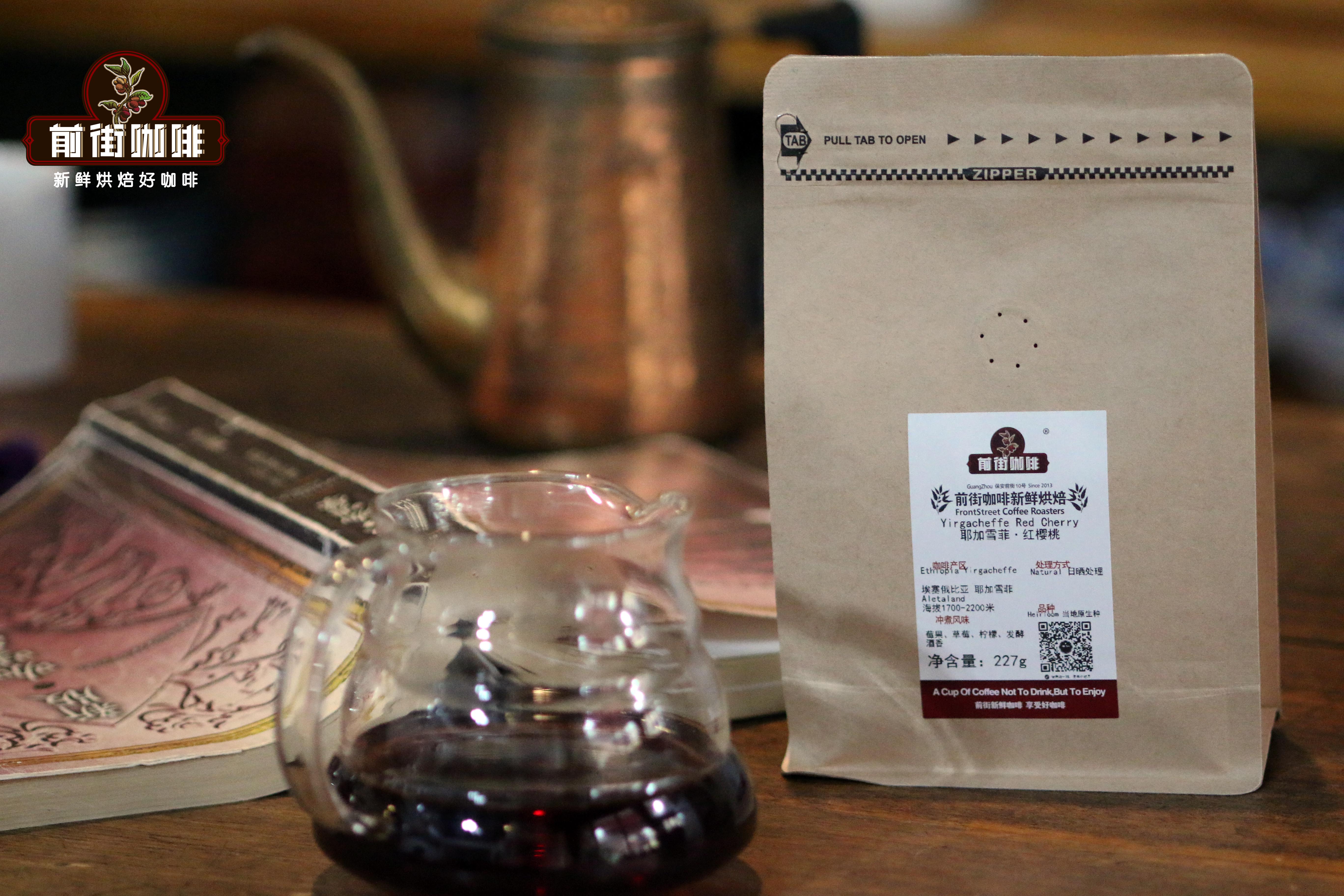
Qianjie noticed that many people who fall in love with hand-made black coffee are attracted by an Essex coffee, including Qianjie. For the first time in Qianjie Street, I drank Ethiopia's Yega Chuefei Coffee, which tasted like flower and fruit tea, which was completely different from the bitter coffee in my impression, which was particularly impressive.
What are the flavor characteristics of Essel's coffee beans?
As a recognized birthplace of coffee, Ethiopian coffee has unparalleled variety and high quality. It is not only an important local economic crop and export commodity, but also has a long history of culture. So coffee can be said to be the proudest pride of the Ethiopian.
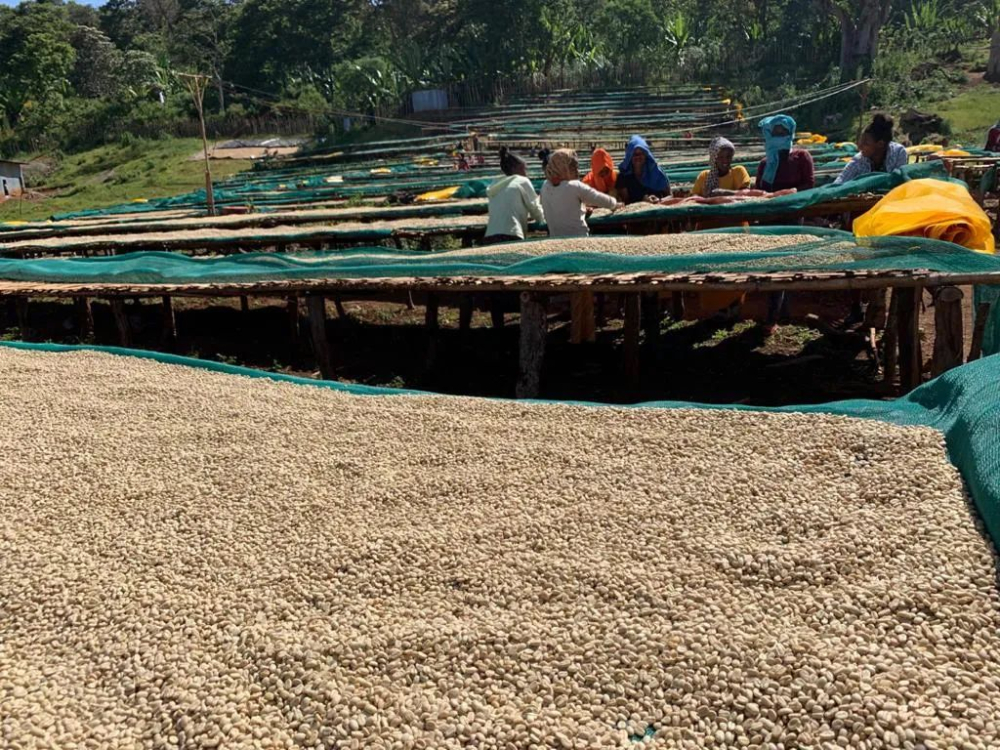
The terrain in Ethiopia is very high above sea level, and the vast highlands form an excellent climatic environment and a significant temperature difference between day and night. There are clouds in the morning, wind in the mountains, plenty of sunshine in the afternoon, and the temperature drops to more than ten degrees at night, but there is no frost, so it is an excellent environment for growing coffee. Ethiopia has a large number of producing areas, different land and microclimate, coupled with the difference of post-treatment, the flavor of coffee is also different. The most heard in domestic coffee shops should be the representatives of Yejasuefei, Sidamo and Guji, and the unique aroma is handed down by word of mouth in the coffee circle.
Qianjie, as a fan of flower-and-fruit-flavored coffee, has a variety of Ethiopian coffee beans on the bean list, of which the most representative is the washed fruit Tintin Cooperative, Sun Red Cherry, Sidamo Sakuran and Ethiopian Coffee. Among the guests who come to Qianjie for coffee, if they want to drink washed fruit-blended coffee, Qianjie baristas will give priority to the diced fruit cooperative on the bean shelf; if they want full and round fruit sweetness, Qianjie thinks that sun-tanned cherries are more suitable; if you want to feel the fermented aroma of tropical fruits, Qianjie is Huakui coffee beans from Amlie Xida Mohambela.
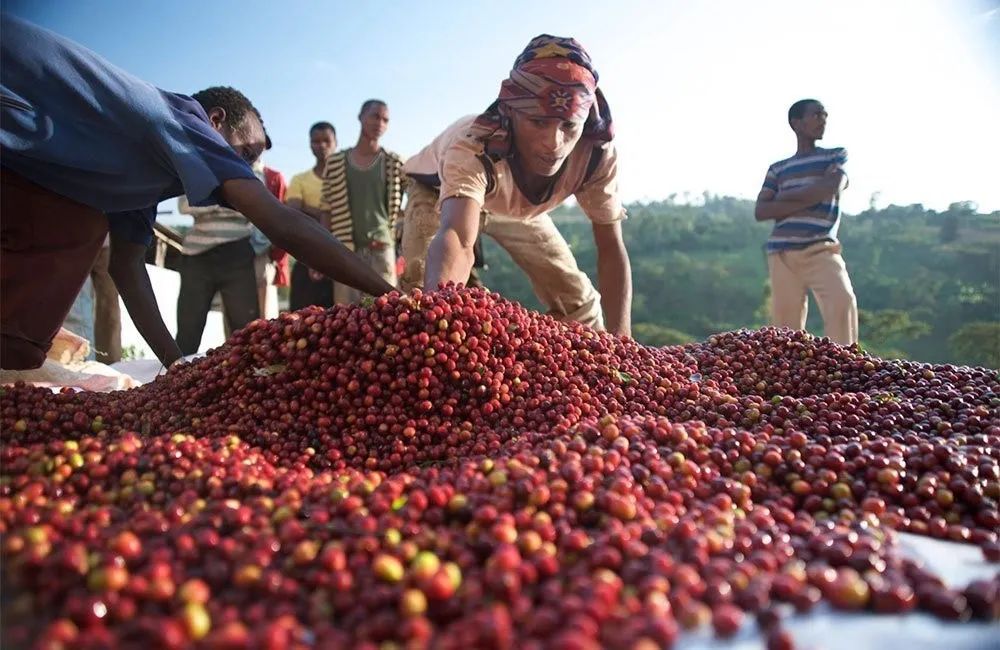
Because of Ethiopia's superior natural conditions, coffee trees can be seen everywhere, and every household will plant other crops in their front door and backyard. The output of coffee is not much, so the coffee fruit is usually picked and sent directly to the processing station in the town for processing, and finally sold after the name of the treatment plant (cooperative), than if the Tintin cooperative is a well-known local production team. This kind of pastoral coffee is the most common local growing mode, and it also brings basic income subsidy to more Ethiopian people.
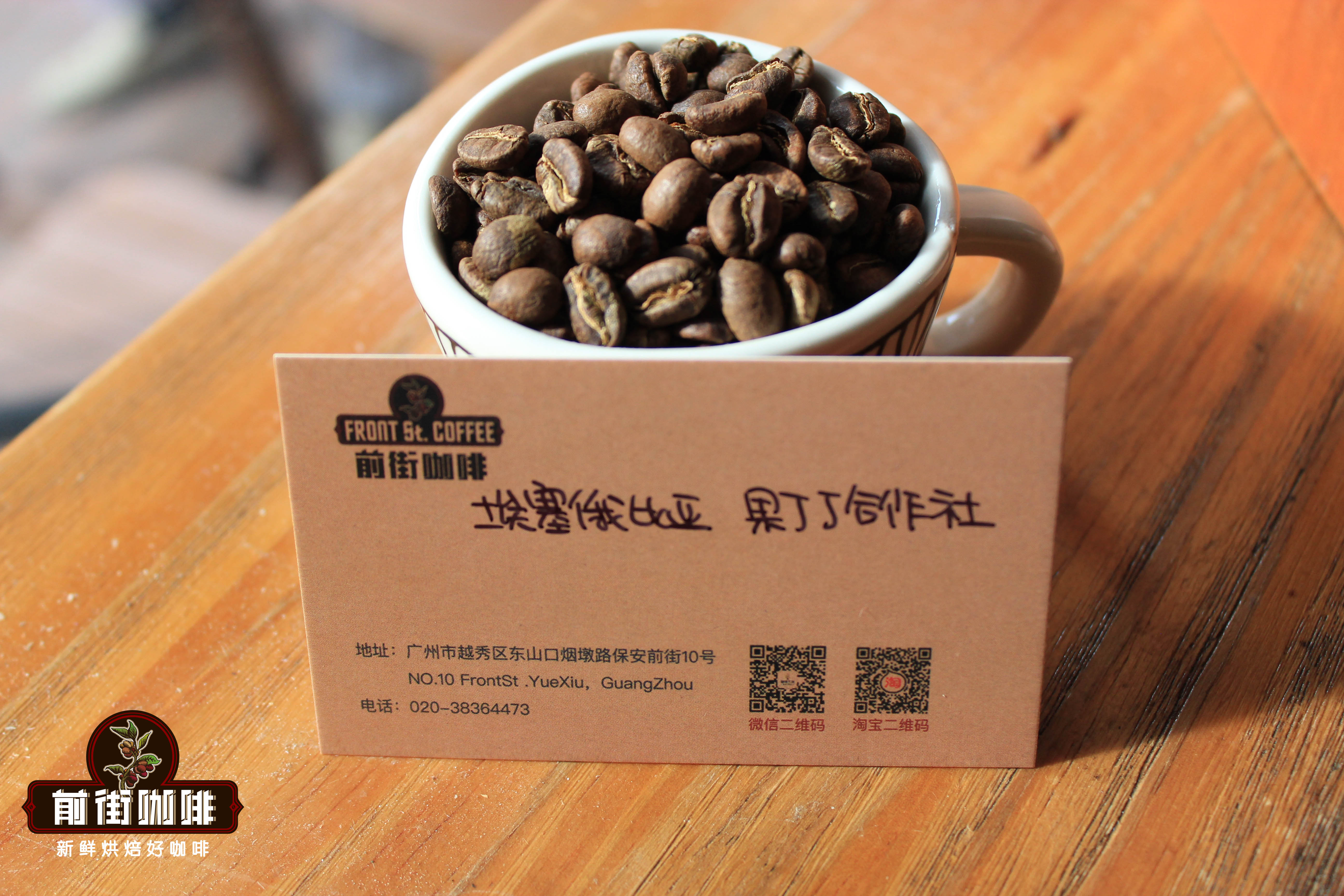
Washing skills of Guodingding Cooperative
The Godding Cooperative (Banko Gotiti), named after a small village in the Gedeo region, is famous for growing the best quality coffee in Ethiopia. Originally part of the Worka Waka Cooperative of the YCFCU (26 cooperatives, 45000 members) of the Yega Sheffield Union, Guodintin became a household name because of its mature washing skills in 2012.
Traditionally, farmers will harvest coffee berries directly on the terrace, or flat on the ground, direct sun drying, direct coffee fruit water content of only about 12% can be sent to shell packaging. The coffee beans treated in this way are prone to earthy, overfermented and rotten fruit flavors. In order to improve the defective flavor caused by this exposure, Ethiopia introduced water washing technology from Central and South America. Members of the cooperative will pick, clean, ferment, peel and peel the coffee fruits and place them on an elevated bed to dry. Every step should be handled properly in order to ensure the quality of the final coffee.
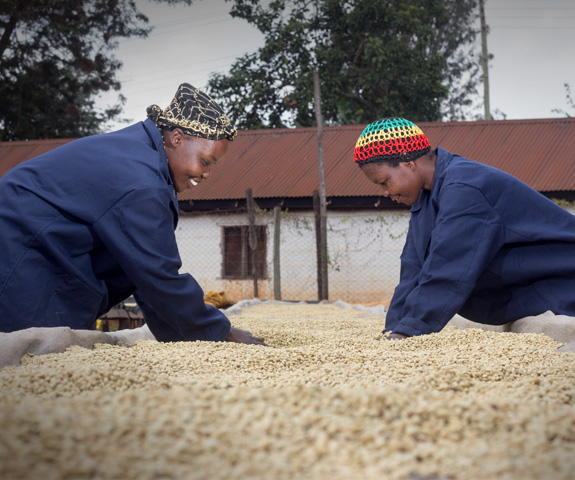
Washing treatment makes Yega Chuefei coffee a change from the previous level of uneven, through the roasted flavor presents a fresh citrus tone and elegant white flower aroma, the overall flavor is bright and delicate. As a result, Yega Xuefei became independent from the Sidamo producing area and became a well-known producing area in the coffee circle today.
What are the flavor characteristics of Yega Xuefei in the sun?
Ethiopia has high altitude, low rainfall and long sunshine, so it is very suitable for sun-dried coffee and raw beans. The so-called "tanning method" is to dry ripe coffee cherries directly after harvest. During the drying process, the sugar and aroma in the pulp are well preserved and infiltrated into the raw coffee beans. At the same time, the longer the sun treatment time, the fuller the fermentation.
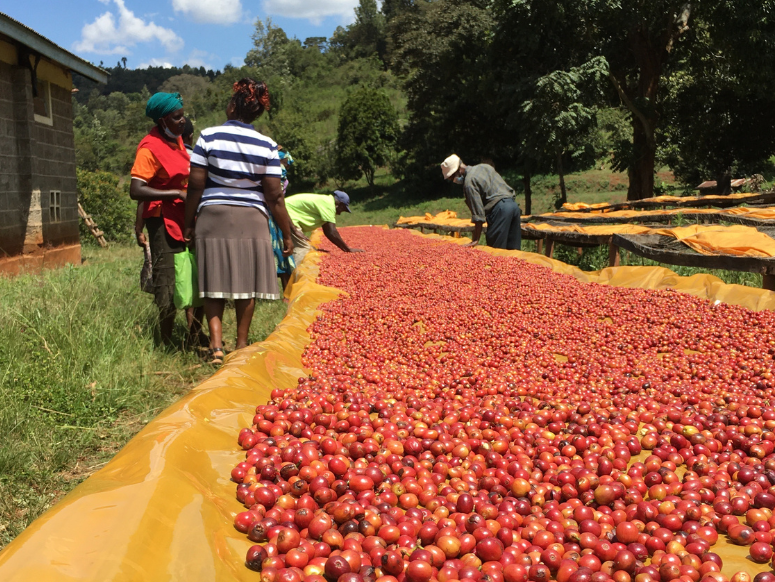
Because the sun-drying method allows the coffee fruit to dry naturally, the coffee beans ripen naturally inside the fruit and will not be disturbed by the external environment, so the sun-treated coffee beans will enlarge their own flavor. it has obvious tropical fruit flavor, full fermentation and sweetness. In front of the street, the sunflower warm Italian mixed beans are Yejia Xuefei red cherry coffee beans that participate in 30% sun treatment, with a sweet and sour berry flavor.
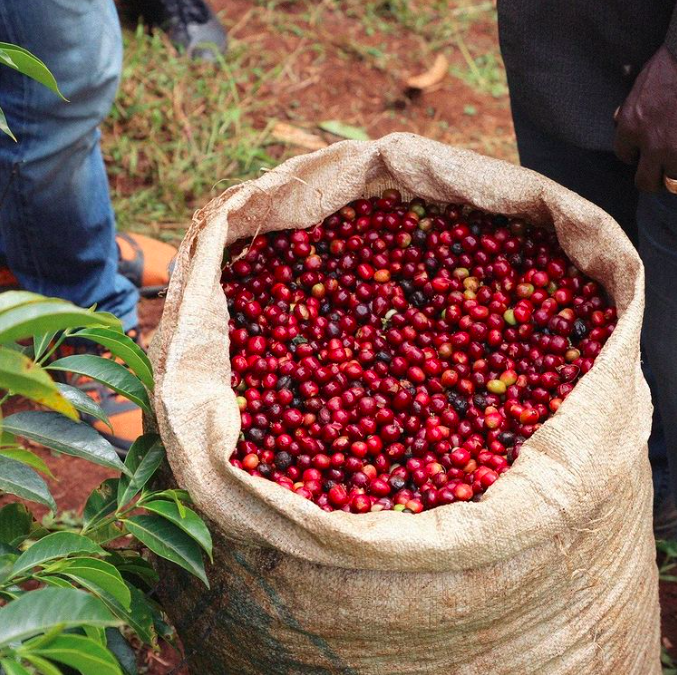
Red Cherry Coffee is named after the Red Cherry Project in 2007, which was led by Trabocca BV, the largest Dutch coffee bean manufacturer at the time, to encourage Ethiopian coffee farmers to produce better coffee beans. Mainly aimed at some high-altitude producing areas, such as Yega Xuefei, Ethiopia, to improve the treatment techniques such as water washing, semi-washing, and solarization, and with the addition of professional cup testers, the harvest season will set different coffee harvests for different microclimate areas, and only 100% ripe red coffee cherries must be harvested. Maturity is suitable for coffee cherries plus more meticulous processing technology, so that the flavor of coffee can be qualitatively leaped, and farmers will be paid more accordingly, creating a win-win situation in which both producers and consumers are happier.
The cooking suggestion of Yejia Xuefei in Qianjie Street
Coffee beans will have 4-7 days of exhaust time after roasting, and then enter a stage of optimal taste. As the storage time increases, the aroma of the coffee will accelerate volatilization, and the flavor and taste will be greatly reduced. Qianjie in order to ensure that everyone drinks the coffee flavor in the best period, will ensure that only the delivery of 5 days of fresh baked beans, fresh coffee beans are more conducive to us to extract the quality flavor of Yega Xuefei.
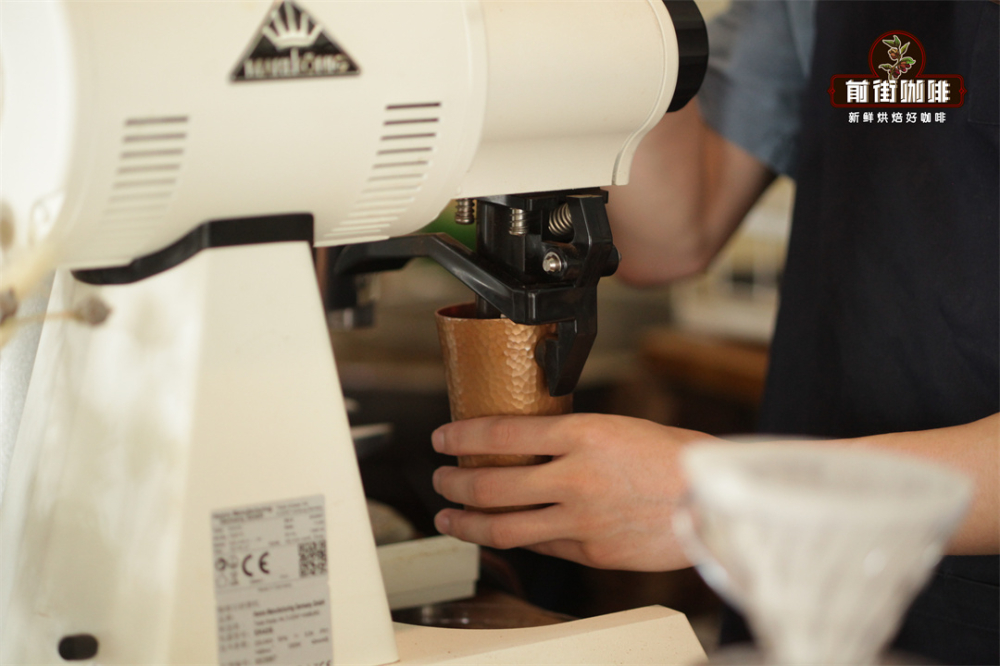
Because Yejia Xuefei uses shallow roasting, the quality of coffee beans is hard, which requires high temperature hot water of 92 ℃-93 ℃ to stimulate the aroma of flowers and fruit in the coffee. Grinding degree Qianjie recommended medium fine grinding degree (the pass rate of Chinese standard No. 20 screen is 78%). Too thick to extract mellow substances, brewed coffee will appear thin. Too fine is easy to be over-extracted at high water temperature, and the coffee brewed is prone to bitterness. In order to highlight the rich and charming aroma of Yejia Xuefei, the front street uses a V60 filter cup for cooking.
The cooking parameters of Yega Xuefei:
Filter cup: V60 water temperature: 92-93 degrees Celsius powder: 15g powder-water ratio: 1:15 Grinding degree: fine sugar size (No. 20 sieve bowl sieve powder to 78%)
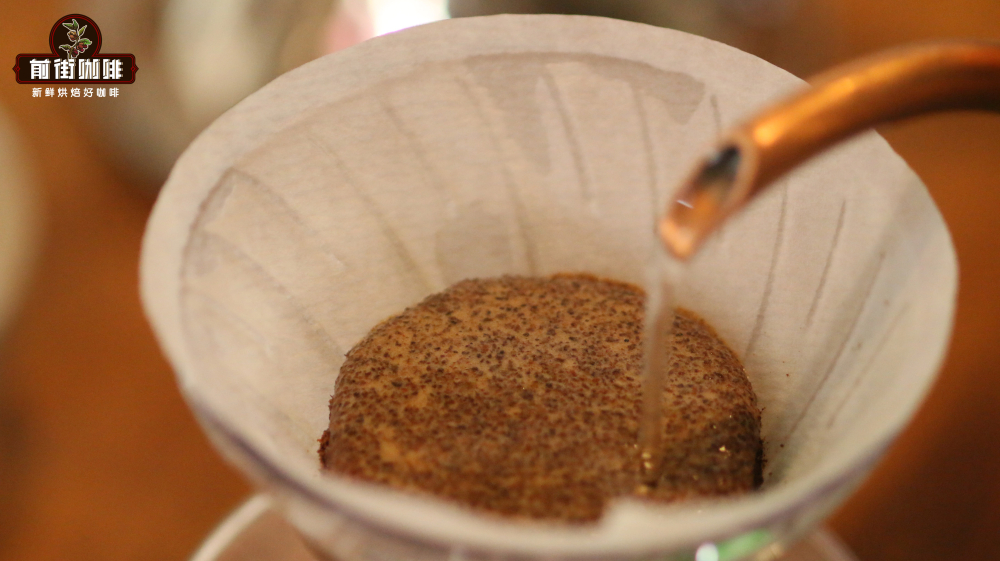
In the first stage, 30 grams of water is injected for 30 seconds, followed by 95 grams (about 125 grams indicated by the electronic scale). The injection is completed in about 1 minute, and the remaining 100 grams are injected at 3 places in the powder layer (about 225 grams shown by the electronic scale) in about 1 minute and 35 seconds. 2: 10 "trickling is completed, remove the filter cup and complete the extraction.
Professional coffee knowledge exchange more coffee bean information please follow the coffee workshop (Wechat official account cafe_style)
For more boutique coffee beans, please add private Qianjie coffee on Wechat. WeChat account: qjcoffeex
Important Notice :
前街咖啡 FrontStreet Coffee has moved to new addredd:
FrontStreet Coffee Address: 315,Donghua East Road,GuangZhou
Tel:020 38364473
- Prev

Costa Rica of 53 Coffee Origin in the World
Costa Rica, with its fertile volcanic soil and good drainage, is the first country in Central America to grow coffee and bananas for commercial value. Coffee and bananas are the country's main exports. Coffee was introduced into Costa Rica from Cuba in 1729 and today its coffee industry is one of the most well-organized industries in the world with a yield of 1700 kg per hectare. Goss.
- Next
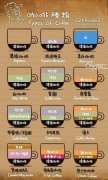
Diagrams of coffee types classic coffee types
Many people who come to the gallery will be a little confused when ordering coffee because they don't know enough about the kinds of coffee. The following two diagrams can help you remember the characteristics of different coffees intuitively, so that you can choose the coffee that suits you according to your taste.
Related
- Detailed explanation of Jadeite planting Land in Panamanian Jadeite Manor introduction to the grading system of Jadeite competitive bidding, Red bid, Green bid and Rose Summer
- Story of Coffee planting in Brenka region of Costa Rica Stonehenge Manor anaerobic heavy honey treatment of flavor mouth
- What's on the barrel of Blue Mountain Coffee beans?
- Can American coffee also pull flowers? How to use hot American style to pull out a good-looking pattern?
- Can you make a cold extract with coffee beans? What is the right proportion for cold-extracted coffee formula?
- Indonesian PWN Gold Mandrine Coffee Origin Features Flavor How to Chong? Mandolin coffee is American.
- A brief introduction to the flavor characteristics of Brazilian yellow bourbon coffee beans
- What is the effect of different water quality on the flavor of cold-extracted coffee? What kind of water is best for brewing coffee?
- Why do you think of Rose Summer whenever you mention Panamanian coffee?
- Introduction to the characteristics of authentic blue mountain coffee bean producing areas? What is the CIB Coffee Authority in Jamaica?

